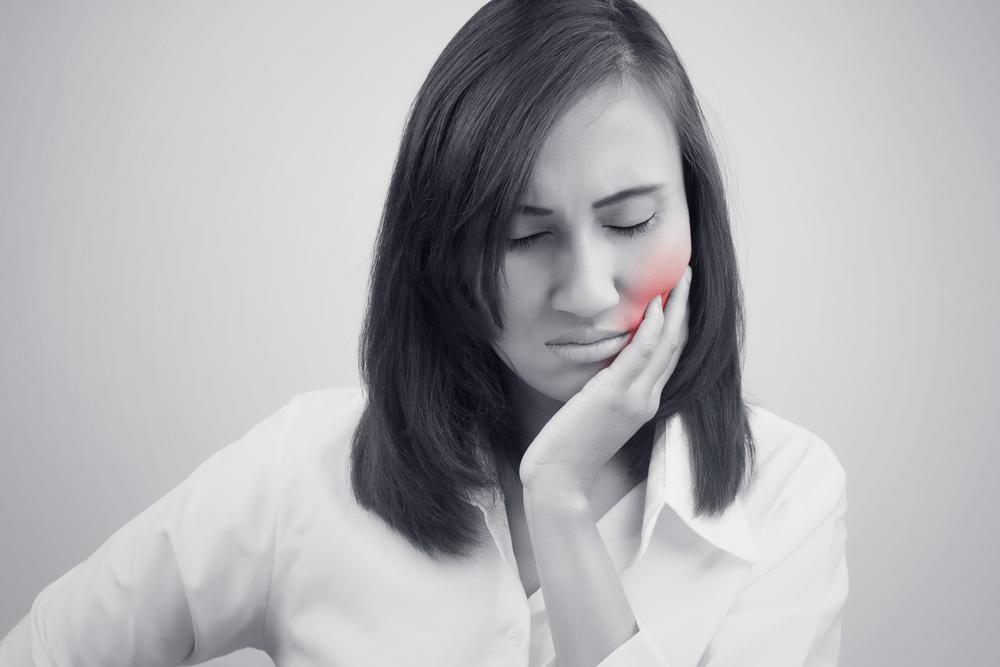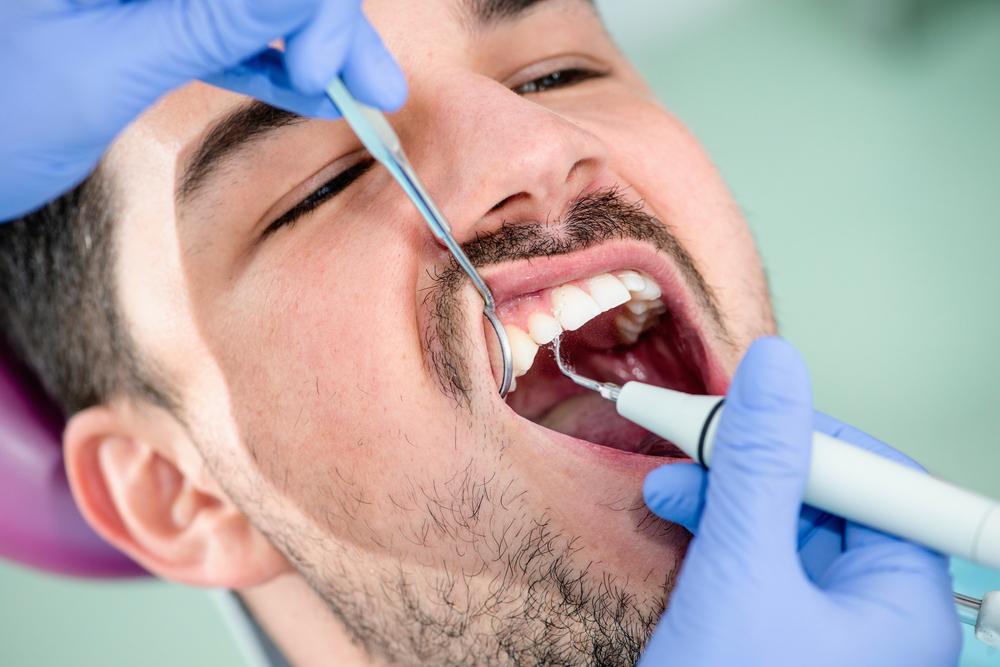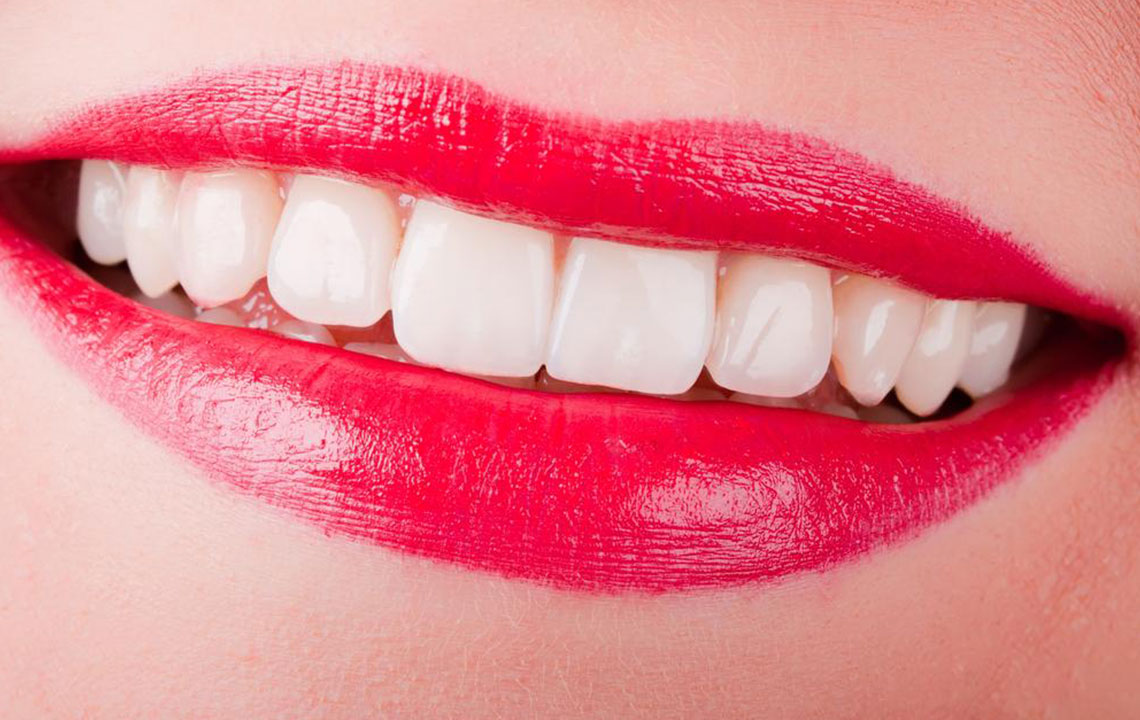Comprehensive Guide to Recognizing and Treating Tooth Discomfort
This comprehensive guide explores the causes, diagnosis, and treatment options for tooth discomfort. It emphasizes preventive oral hygiene practices, early detection, and professional care to maintain optimal dental health, helping readers effectively manage and prevent tooth pain.

Everything You Need to Know About Tooth Discomfort and How to Address It
Maintaining excellent dental health is essential for overall well-being and oral comfort. Tooth discomfort, if left untreated, can lead to more severe oral health issues, including infections, tooth loss, and systemic health problems. This comprehensive guide explores the various causes behind tooth pain, how to diagnose it effectively, and the most effective treatment options available today. Whether you're experiencing mild sensitivity or persistent pain, understanding these aspects can help you take timely action to restore your dental health.
The Causes of Tooth Discomfort
The structural integrity of your teeth primarily depends on the enamel, the hard outer layer that shields the sensitive inner tissues, including the pulp which contains nerves and blood vessels. Damage or erosion of enamel exposes the vulnerable inner tissues, leading to discomfort.
Common triggers for tooth pain include exposure to hot, cold, sweet, or sour foods and beverages, as well as air sensitivity and physical trauma.
Sometimes, tooth pain may be a symptom of underlying issues such as cavities, gum disease, cracked teeth, or impacted wisdom teeth. In some instances, referred pain from other facial structures or TMJ disorders can also mimic dental pain.
While over-the-counter remedies may offer temporary relief, persistent or severe discomfort should always be evaluated by a dental professional to identify the root cause accurately.
How Dentists Diagnose Tooth Discomfort
Toothache isn't always due to visible decay; pain can also originate from injuries, gum infections, or even distant facial issues that radiate pain to the jaw and teeth.
The dentist’s assessment involves detailed examination of the teeth and gums, including visual inspection, gentle probing, and percussion tests to evaluate sensitivity.
Standard dental X-rays are crucial for identifying hidden decay, abscesses, bone loss, impacted teeth, or other internal issues not visible to the naked eye.
In cases where teeth are severely decayed or infected, root canal treatment may be recommended. This involves removing the infected pulp, disinfecting the root canal, and sealing it with biocompatible materials like gutta-percha, followed by crown placement to restore function and strength.
Early diagnosis and intervention are key to preventing the progression of dental problems and avoiding more invasive procedures.
Other common causes of dental discomfort include impacted wisdom teeth that erupt improperly, temporomandibular joint (TMJ) disorders causing jaw pain, and cracked or fractured teeth resulting from trauma or biting on hard objects.
Addressing these issues promptly with appropriate treatment can alleviate pain and prevent further complications.
Preventive Measures and Management of Tooth Discomfort
Implementing good oral hygiene practices, such as brushing at least twice daily with fluoride toothpaste, flossing daily, and rinsing with an antimicrobial mouthwash, significantly reduces the risk of dental decay and gum disease.
Using soft-bristled toothbrushes and avoiding aggressive brushing can help prevent enamel erosion and gum recession that often lead to tooth sensitivity.
Maintaining a balanced diet low in sugary and acidic foods minimizes acid attacks on enamel and reduces cavity formation.
Regular dental checkups, ideally every six months, allow for early detection of potential problems, making treatment less invasive and more effective.
For those prone to sensitivity, desensitizing toothpaste and dental sealants can provide additional protection against discomfort caused by hot, cold, or sweet stimuli.
In cases of trauma or injury, prompt professional evaluation ensures proper treatment, whether through bonding, crowns, or other restorative procedures.





